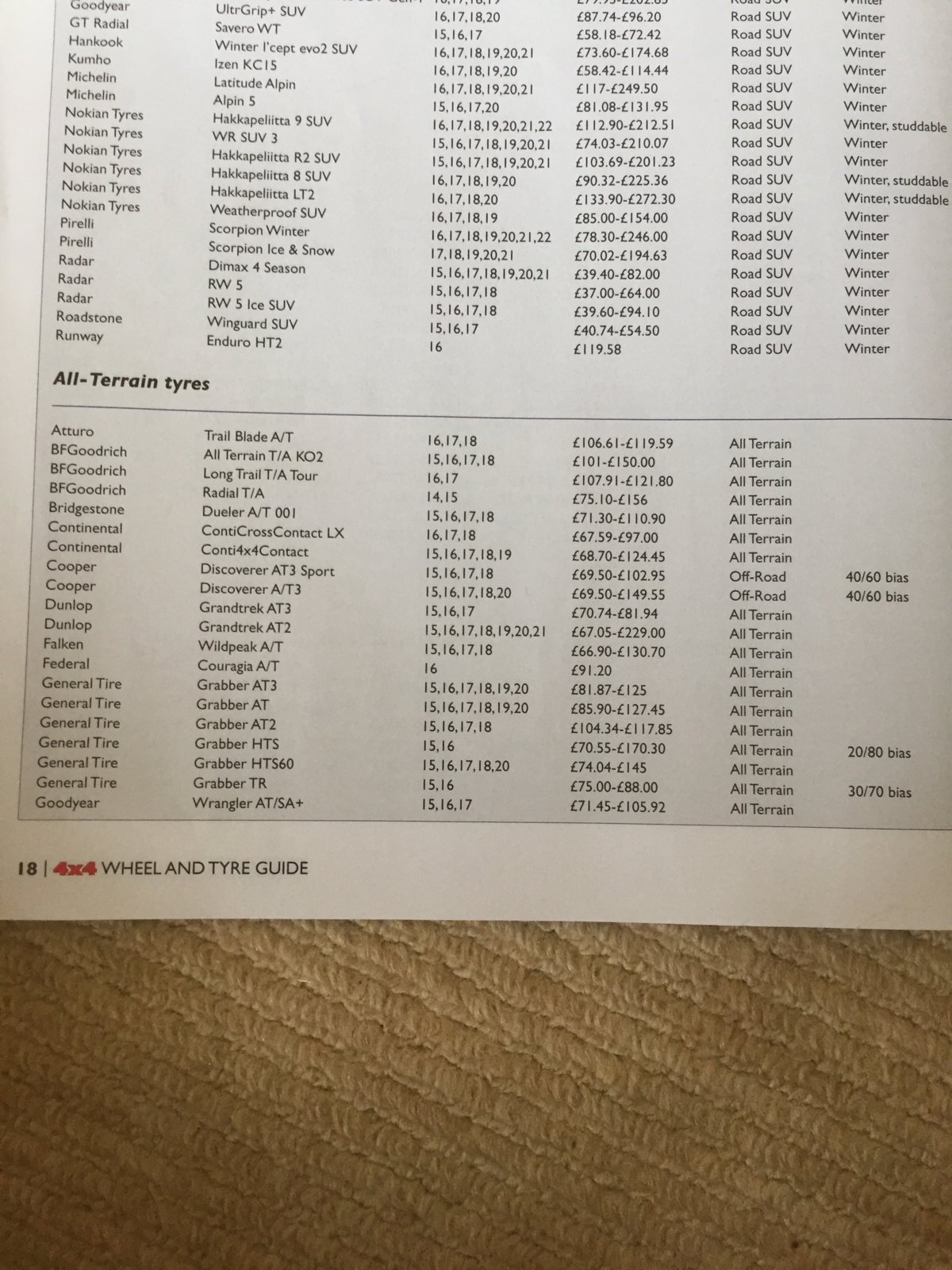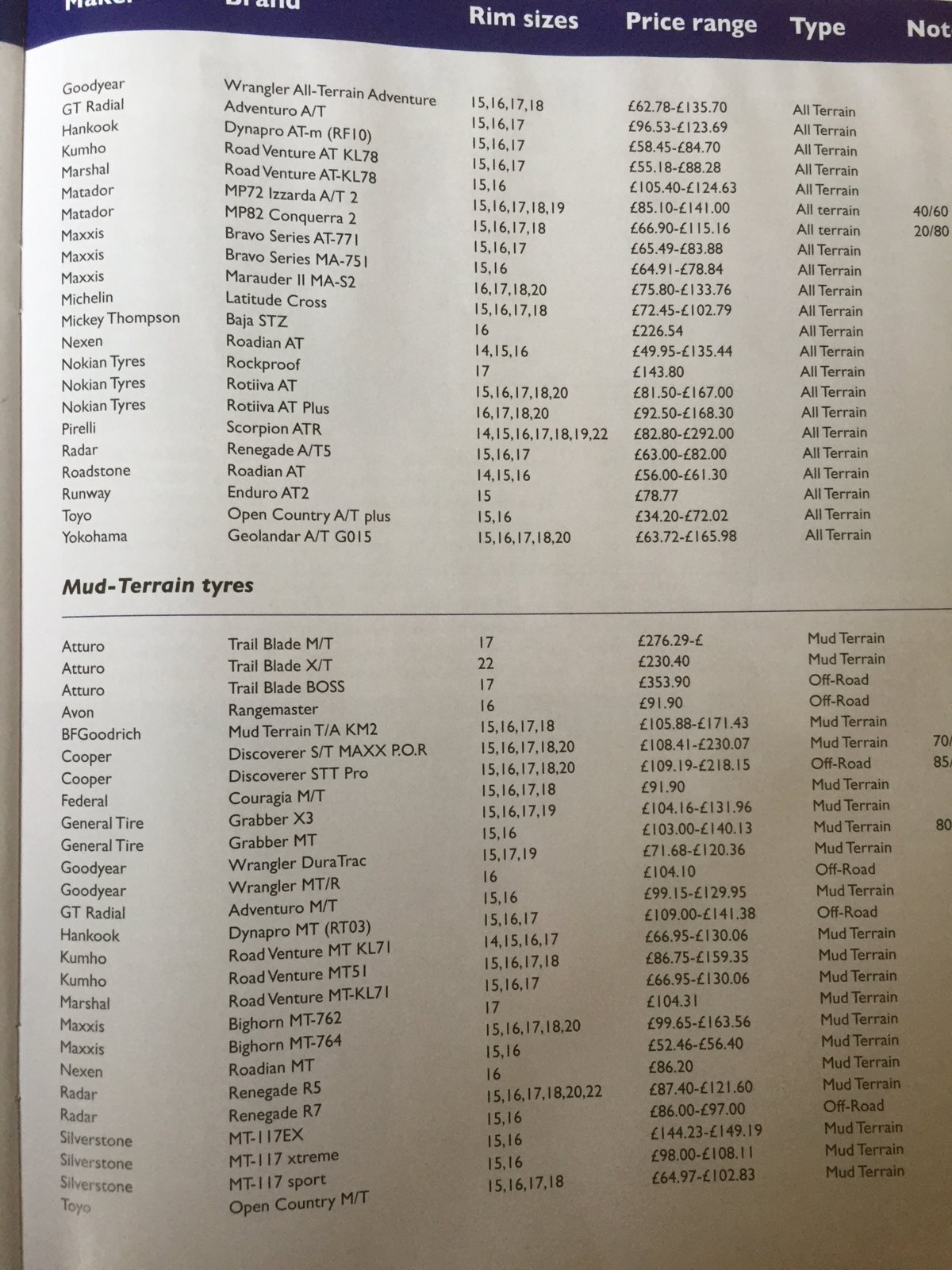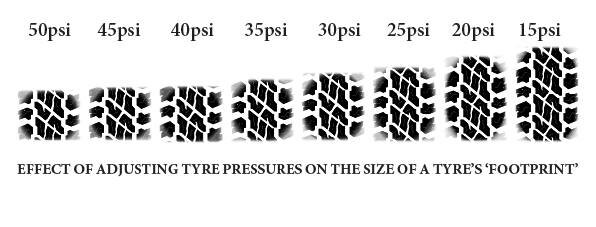mike smith
Member
- Joined
- Apr 5, 2017
- Messages
- 110
- Country Flag
I brought up the subject of Nitrogen in my tyres/tires. I have been told they hold the pressure better, bollocks they do, my pressures are all over the place. A mate of mine has a tyre/tire shop and he says there is no place for nitrogen on a 4wd and he wants to purge my tyres/tires of the gas and just put air into them, so i will let him.
Now about the above topic. The Michelins i have on, although very new when i bought the vehicle, are like bloody great balloons. They are 275/70/16. Now the questions is this, can i fit narrower ones and what effect will it have. I see people put bigger tyres/tires on, why i ask. What is wrong with smaller ones. I cannot afford over $300.00 each for new tyres, but i have found a number of Chinese imports that get great reviews and they are loads cheaper than something like BF or Michelin or Good Year, in fact for a full set of Goodride, it would cost me approx $500.00, now thats a bargain and they are brand new.
I am also reading that the company that makes these tyres, also make many of the far more expensive tyres as this company makes tyres for at least 7 major companies including BFG.
Now any real opinions, without sarcasm please, i get fired up as you know.
Now about the above topic. The Michelins i have on, although very new when i bought the vehicle, are like bloody great balloons. They are 275/70/16. Now the questions is this, can i fit narrower ones and what effect will it have. I see people put bigger tyres/tires on, why i ask. What is wrong with smaller ones. I cannot afford over $300.00 each for new tyres, but i have found a number of Chinese imports that get great reviews and they are loads cheaper than something like BF or Michelin or Good Year, in fact for a full set of Goodride, it would cost me approx $500.00, now thats a bargain and they are brand new.
I am also reading that the company that makes these tyres, also make many of the far more expensive tyres as this company makes tyres for at least 7 major companies including BFG.
Now any real opinions, without sarcasm please, i get fired up as you know.










